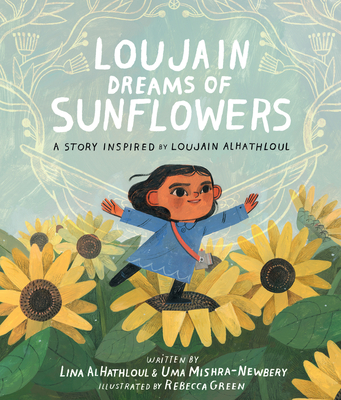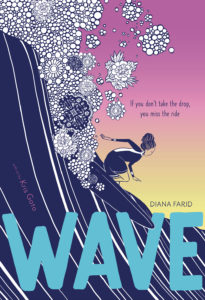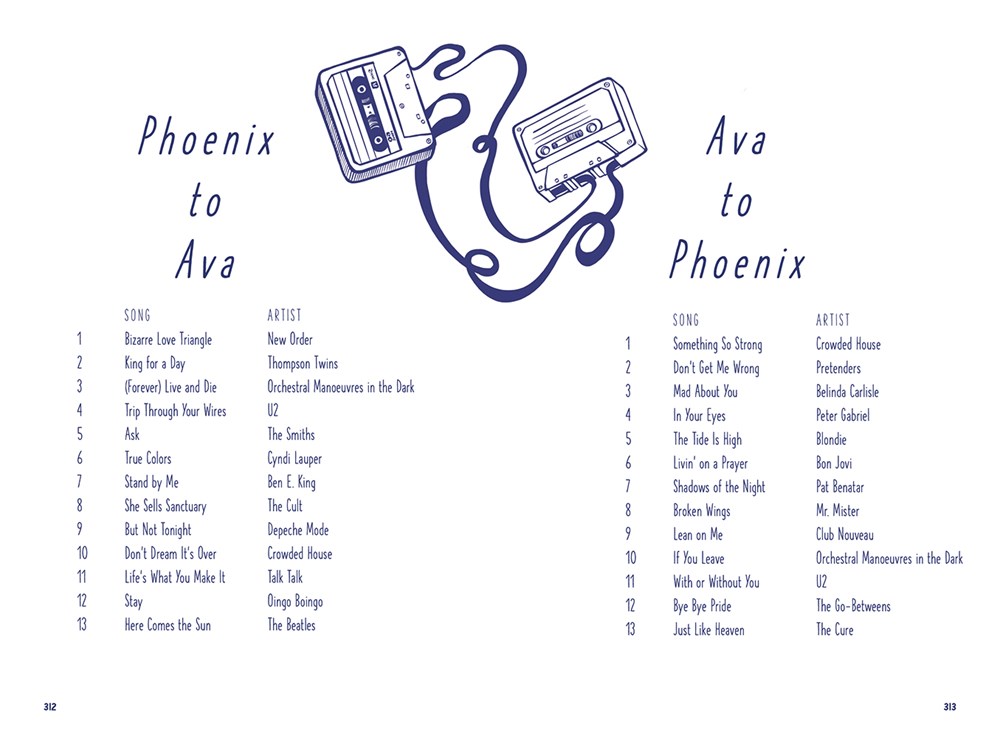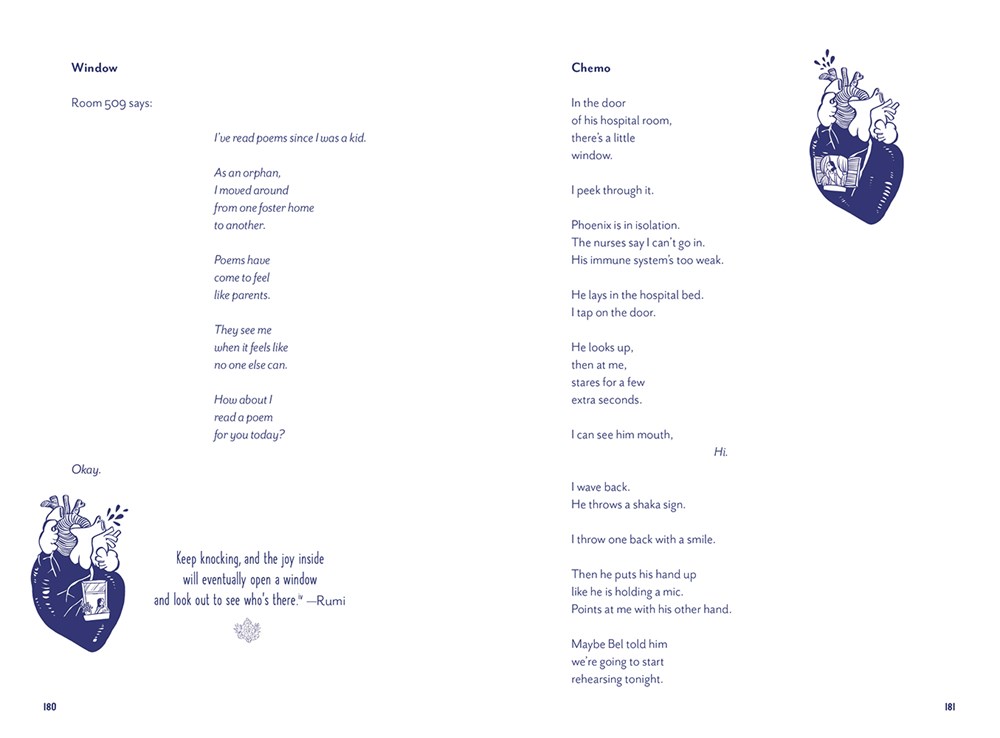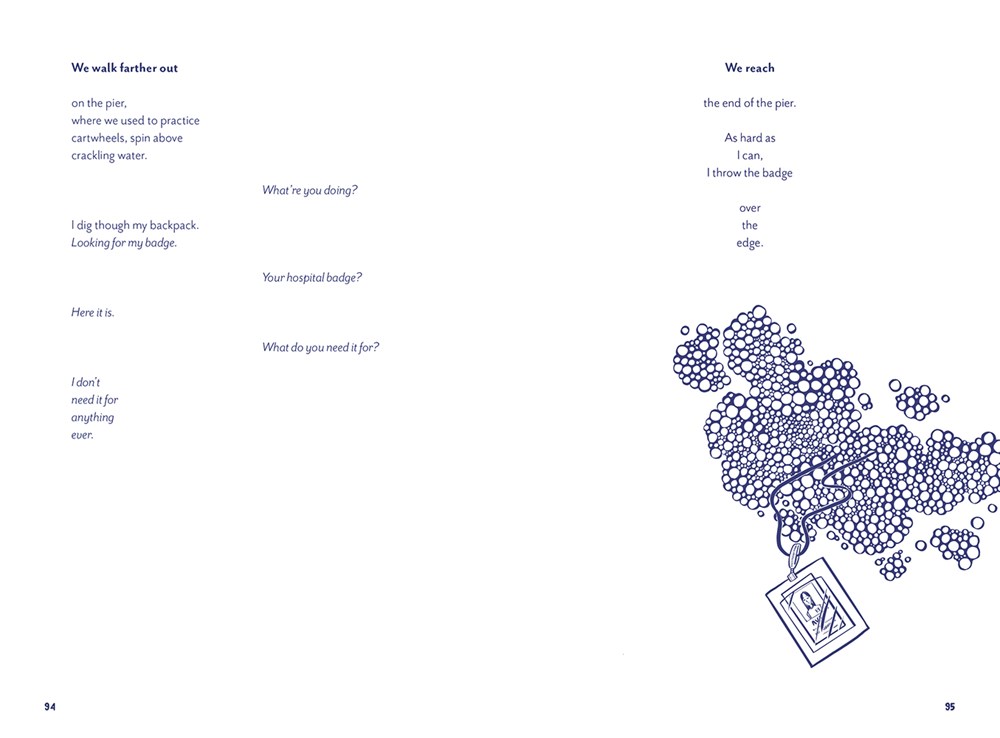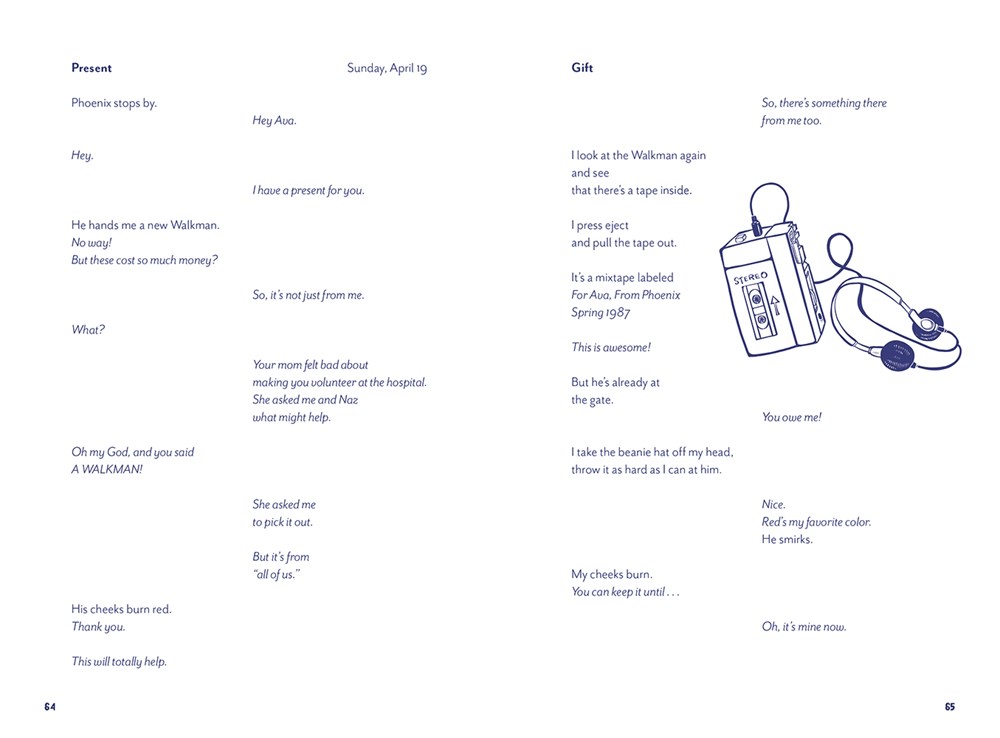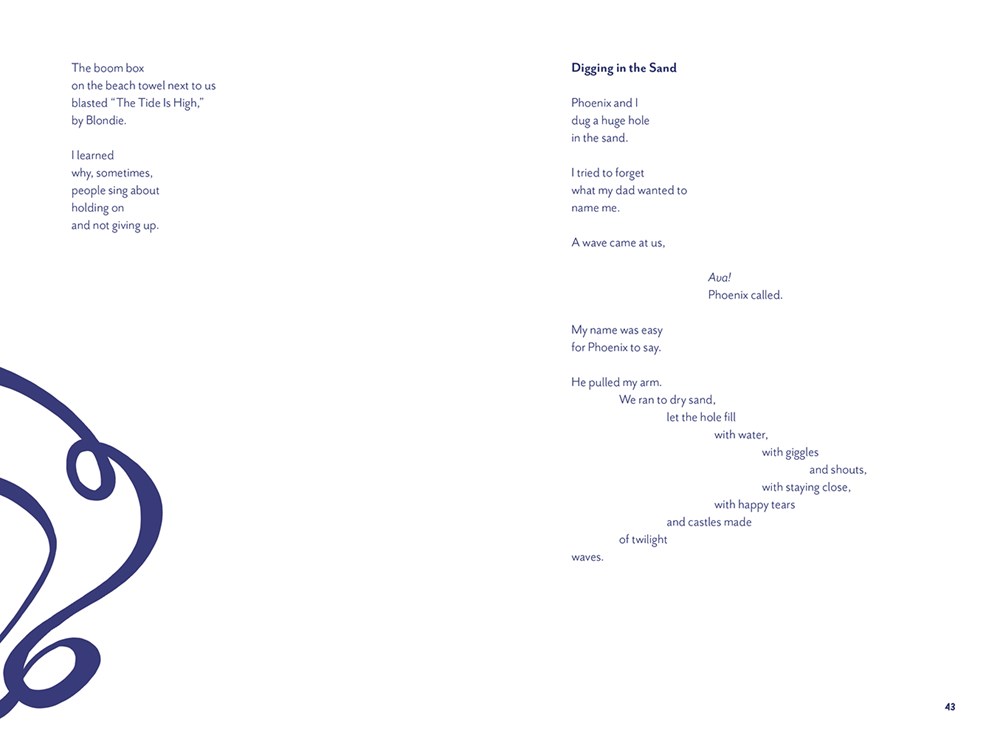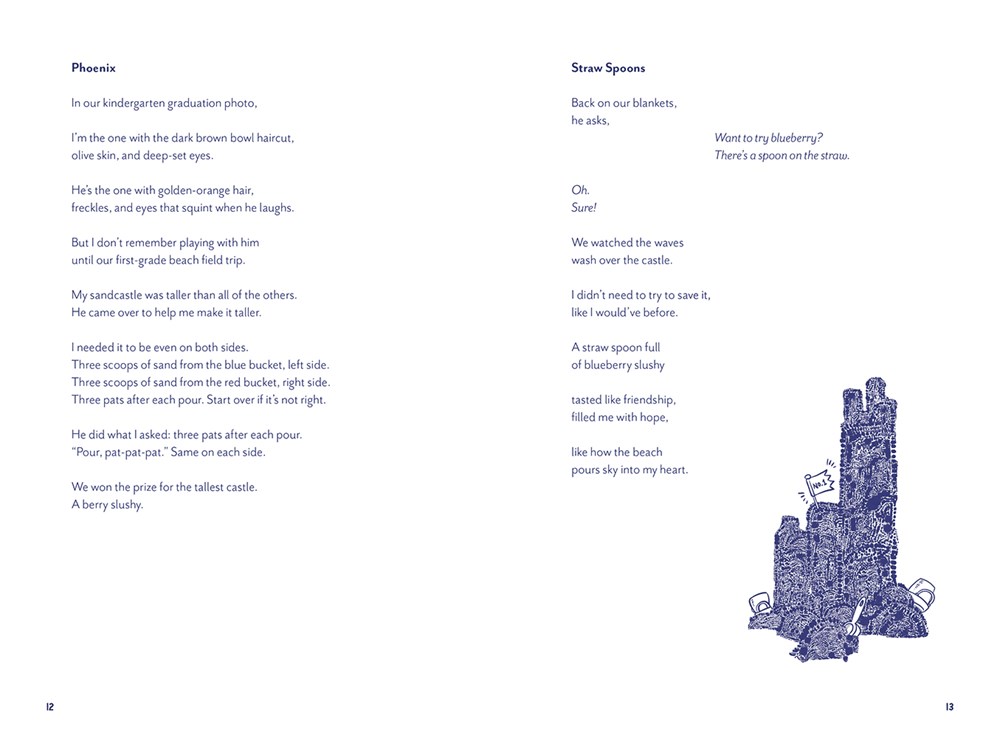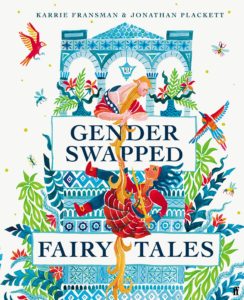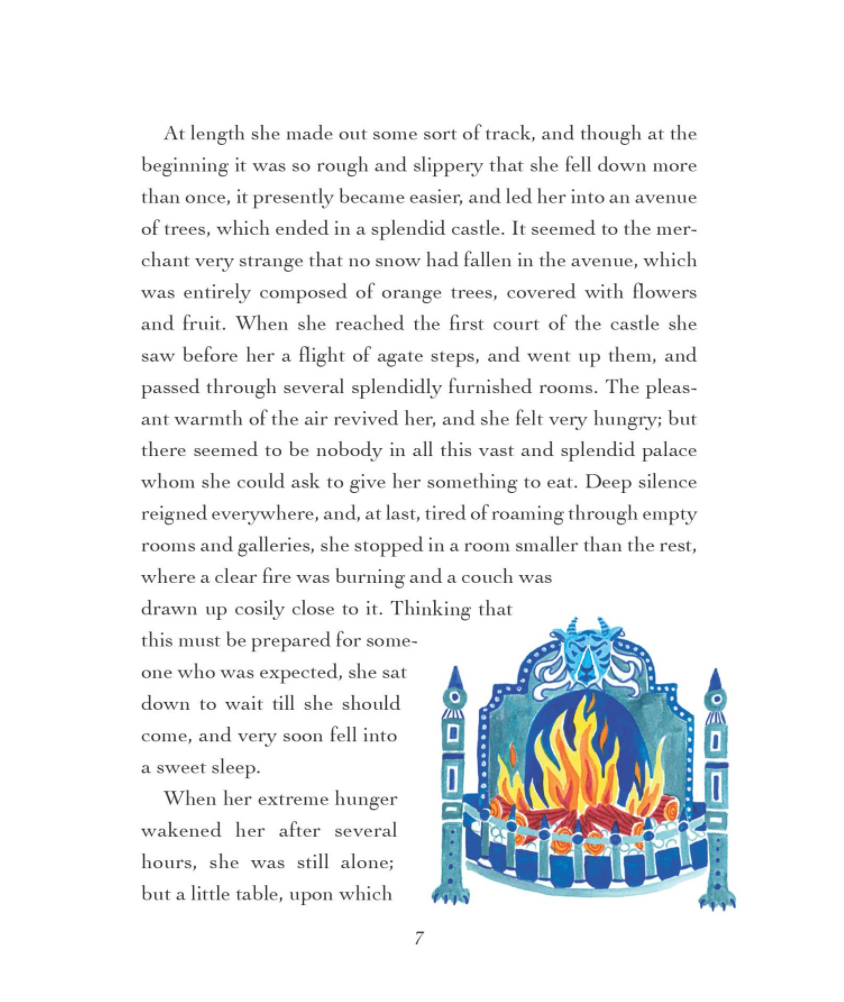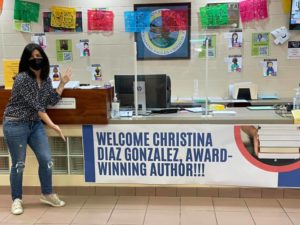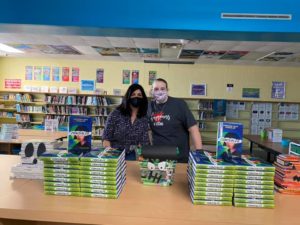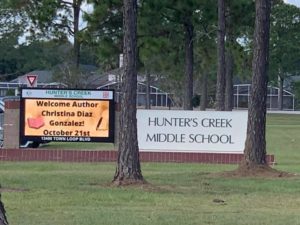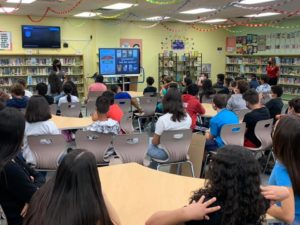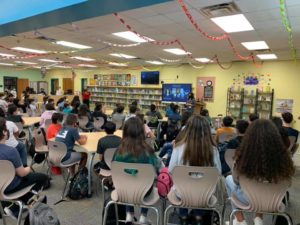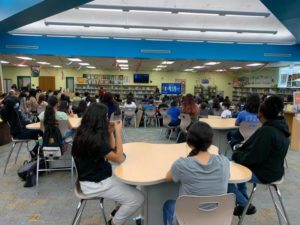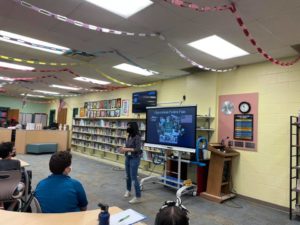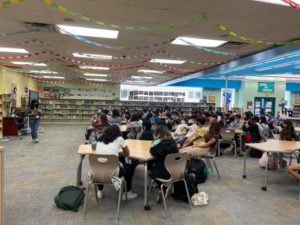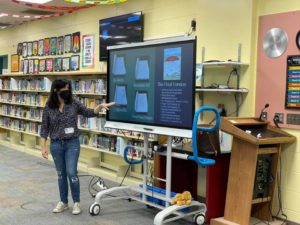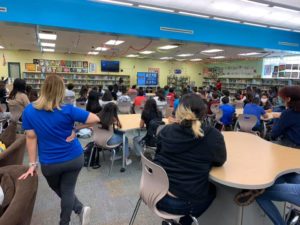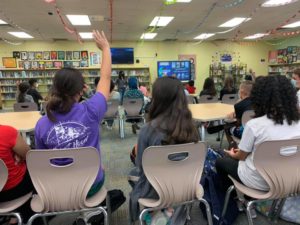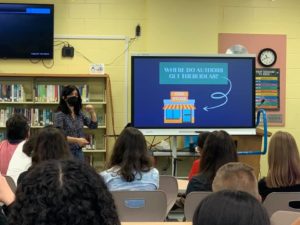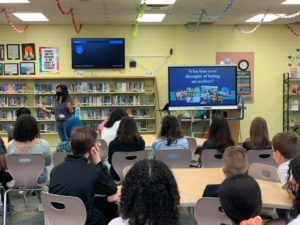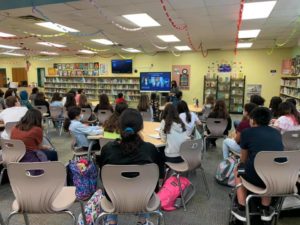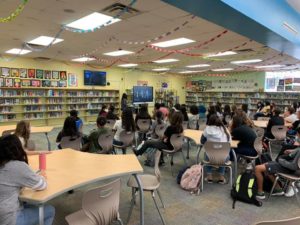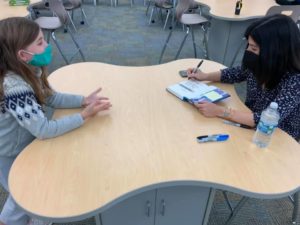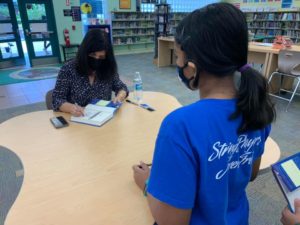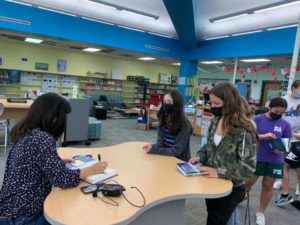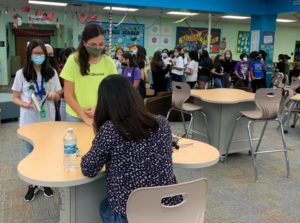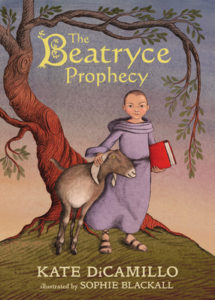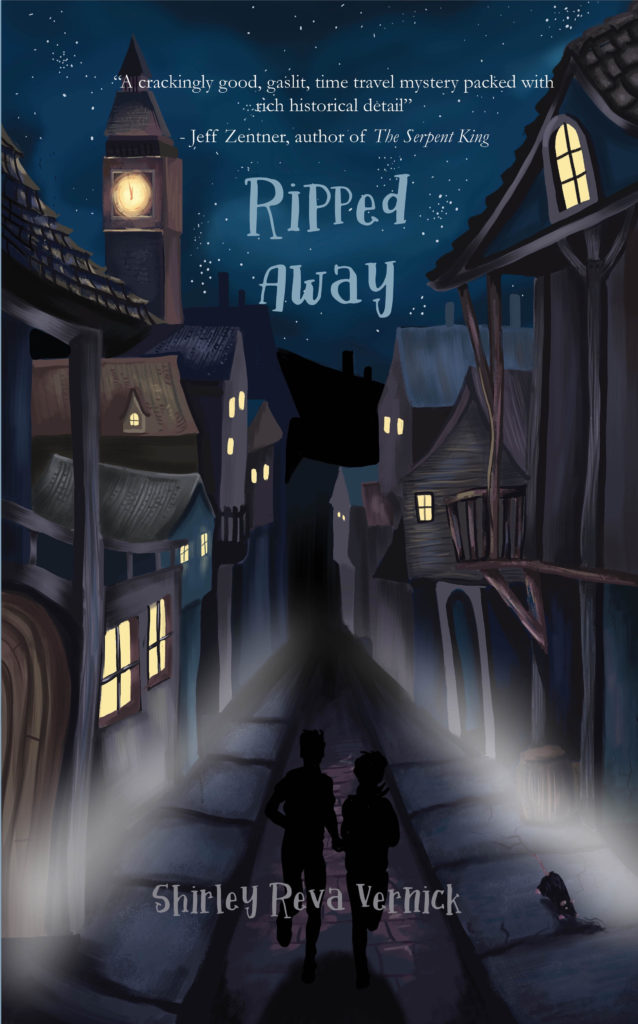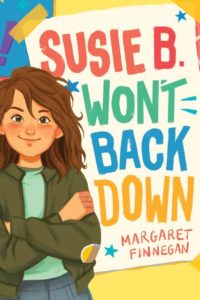
Susie B. Won’t Back Down
Author: Margaret Finnegan
Published October 5th, 2021 by Atheneum Books for Young Readers
Summary: This funny, big-hearted novel about a young girl’s campaign for student council president is told through letters to her hero Susan B. Anthony.
Susie B. has a lot to say. Like how it’s not fair that she has to be called Susie B. instead of plain Susie. Or about how polar bears are endangered. Or how the Usual Geniuses are always getting picked for cool stuff over the kids like her with butterflies in their brain. And it’s because Susie B. has a lot to say about these very important things that she’s running for student council president.
If she’s president, she can advocate for the underdogs just like her hero and fellow Susie B., Susan B. Anthony. (And, okay, maybe the chance to give big speeches to the whole school with a microphone is another perk.) But when the most usual of Usual Geniuses also enters the student council race, Susie realizes this may be a harder won fight than she thought. Even worse, Susie discovers that Susan B. Anthony wasn’t as great as history makes it seem, and she did some pretty terrible things to try to help her own cause. Soon, Susie has her own tough decisions to make. But one thing is for sure—no matter what, Susie B. won’t back down.
Praise:
“Susie is energetic, breathless, enthusiastic, and genuinely, charmingly funny.” —Kirkus Reviews
A Junior Library Guild Selection
About the Author: Margaret Finnegan is the author of the middle-grade novels Susie B. Won’t Back Down and We Could Be Heroes. Her writing often focuses on themes on inclusion, hard choices, and being true to yourself. She also makes a really good chocolate cake. To learn more, and to download free discussion guides, visit MargaretFinnegan.com.
Twitter: @FinneganBegin
Instagram: @finneganbegin
Review: Happy book birthday to Susie!!!
This book has so much in it! I was highlighting away as I read–both as a recreational reader and as a teacher (see more in Teachers’ Tools!)! I love that it is an epistolary novel, specifically writing to Susan B. Anthony, because it gives us insight into Susie’s school, home, and her inner thinking. The discussions throughout about heroes, fairness, and history is done in a very age-appropriate way but also doesn’t sugar coat anything. I love that Susie has a “butterfly brain” and went to reading lab but is proud of it. The talk about how all brains are different made my heart sing! And on top of all of this, the story itself is so on point for coming of age and how popularity, personalities, and more really start to affect kids starting in about 5th grade.
Teachers’ Tools for Navigation: I am in love with Mr. Springer’s hero project! The way he made the project cross-curricular, interesting, interactive, and included choice just makes it such an amazing project! And there are definitely parts of the book that will work as mentors/exemplars to share with students if you have them do their own hero project including some of Susie’s letters and the Voting posters. Also, the author created a mock Susie B. News to show one of the activities for the hero project: https://www.margaretfinnegan.com/wp-content/uploads/2021/09/The-Susie-B.-News.pdf.
The author also shares some activities in the publisher-created discussion guide!
Discussion Questions (from the publisher-created discussion guide):
- Describe the way that the author organizes the story. How does this format help to connect the worlds of Susie B. at home and at school?
- Why does Susie B. call Chloe and her three R’s (Rachelle, Rachel, and Rose) “fakey fakes?” In contrast, Susie B. has Joselyn Salazar as her best “spark.” What connects these two as friends?
- Each of the characters copes with the social scene at school differently. How does Soozee Gupta manage to not be alone at lunch? What is your opinion of her social strategy?
- Susie B. wrangles with the idea of fairness and justice. She believes that they are two different things. What do you think is the difference between being fair and being just?
- What do you think is the most important lesson that Susie B. learned in this story? Give reasons for your opinion.
Flagged Passages: Chapter 1
Dear Susan B. Anthony:
I have very bad news for you. You’re dead. Really dead. Like, over one hundred years dead. Like, right now, you are dust and bones in the cemetery of your old hometown, Rochester, New York.
Sorry.
You are probably thinking, What the heck? If I am dead, why are you writing to me?
Congratulations! Even though you are dead, you are not forgotten! You are still remembered for being a brave and determined defender of women’s rights, especially women’s suffrage. That is the fancy name for women voting, even though I think suffrage should be the name for not being able to vote, because it sounds like the suffering you would have to go through if everybody thought your voice didn’t matter one speck.
Since I am also a brave and determined defender of all the rights of all the people, I thought you would like to know that I am thinking about you.
Plus, Mr. Springer is making me.
Mr. Springer is my fifth-grade teacher. Every year he assigns this thing called the Hero Project. All of his students have to choose a personal hero. They can choose anyone they want, as long as the person is dead. Mr. Springer used to let kids choose living heroes, but then the live heroes kept doing horrible things and ruining everyone’s projects. Luckily, dead heroes can’t surprise you like that. We are going to do a bunch of research and assignments on our heroes and basically use them to learn stuff about language arts, history, and even math and science. Mr. Springer is always trying to find sneaky ways to get us interested in what he’s teaching.
Read This If You Love: Twins by Varian Johnson & Shannon Wright, How to Win a Slime War by Mae Respicio, Kids Under the Stairs series by K.A. Holt, Friends Forever by Shannon Hale & LeUyen Pham, Five Things about Ava Andrews by Margaret Dilloway
Recommended For:




Giveaway!

**Thank you to Blue Slip Media for providing a copy for review and giveaway!**
